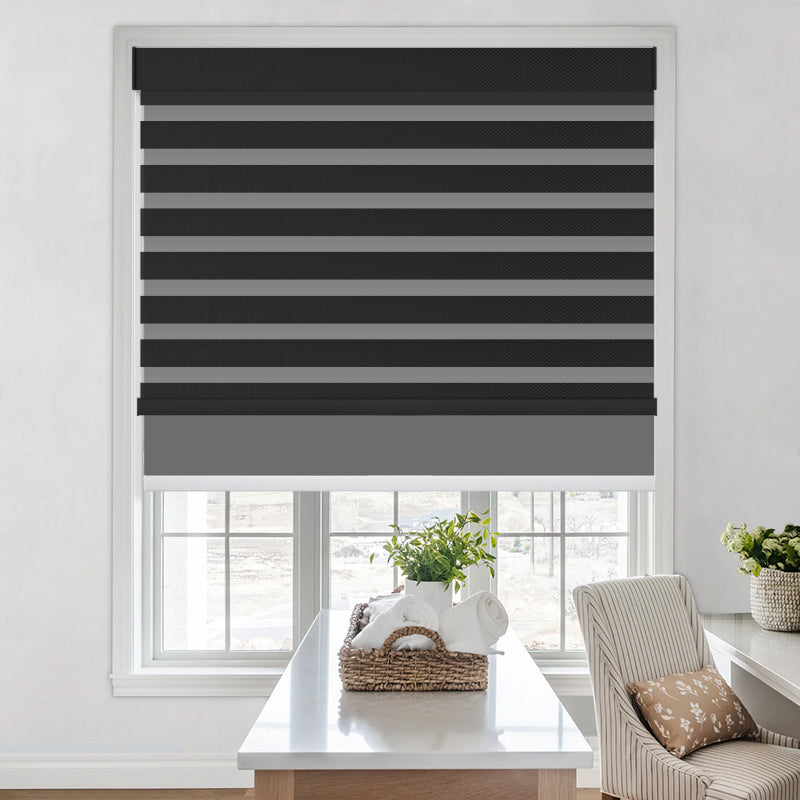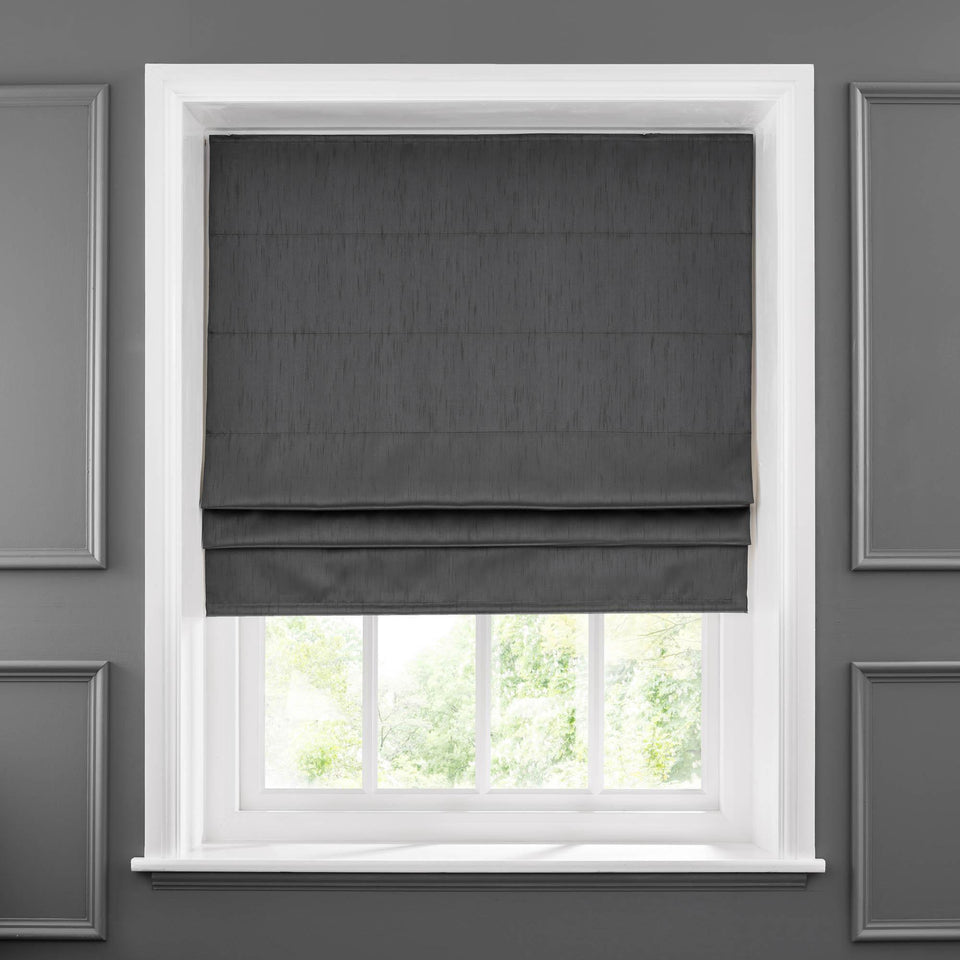Common Flooring Installation Mistakes to Avoid: Tips for a Successful Project
Installing new flooring is a great way to enhance your home. It improves the look, feel, and value of your space. But flooring projects can be tricky. Mistakes often lead to poor results, wasted time, and extra costs. Whether you choose to do it yourself or hire a professional, avoiding common mistakes is essential. This guide offers helpful advice for longtermhouse.com customers.
1. Choosing the Wrong Flooring Material
The right material is essential for your home. Some people focus only on appearance. This can lead to floors that do not suit their needs.
How to Avoid:
-
Think about the amount of traffic in your home.
-
Consider moisture for bathrooms and durability for busy areas.
-
Research hardwood, laminate, tile, and vinyl options to find what fits your budget and style.
2. Skipping Subfloor Preparation
The subfloor is the foundation for your new flooring. Skipping preparation can lead to uneven surfaces and other problems.
How to Avoid:
-
Remove dirt, debris, and moisture from the subfloor.
-
Ensure the surface is level by filling low spots and sanding high spots.
-
Test for moisture to prevent wood floors from warping.
3. Using the Wrong Cleaning Products
The wrong products can harm your floors. They may damage the finish or reduce the flooring’s lifespan.
How to Avoid:
-
Follow the cleaning instructions provided by the manufacturer.
-
Avoid harsh chemicals, oils, and waxes.
-
Use products designed for your specific type of flooring.
4. DIY Installation Without Experience
DIY flooring can save money. But it requires tools, skill, and knowledge. Mistakes can lead to unsatisfactory results.
How to Avoid:
-
Hire a professional for complicated installations.
-
Watch tutorials and practice on a small area if you want to try DIY.
-
Use high-quality tools and follow instructions carefully.
5. Ignoring Flooring Transitions
Transitions between rooms or materials help floors look polished. Ignoring this step can create uneven edges.
How to Avoid:
-
Use transition strips or moldings for smooth connections.
-
Plan transitions during the design phase for a cohesive look.
6. Not Checking Moisture and Humidity
Humidity affects the performance of flooring materials like wood and laminate.
How to Avoid:
-
Measure the humidity levels in your home.
-
Let wood flooring acclimate for 48-72 hours before installation.
-
Use a moisture barrier in areas with high humidity.
7. Taking Incorrect Measurements
Bad measurements cause delays, wasted materials, and poor fits.
How to Avoid:
-
Measure each room carefully, including doorways and corners.
-
Buy 5-10% more material to account for mistakes and future repairs.
8. Installing in the Wrong Order
Flooring projects should follow a specific order. Doing things out of sequence can cause problems.
How to Avoid:
-
Install floors before cabinets to avoid height issues.
-
Complete painting and ceiling work before flooring to protect the surface.
9. Buying Low-Quality Materials
Cheap materials may save money initially. However, they often wear out quickly.
How to Avoid:
-
Invest in high-quality flooring that adds value to your home.
-
Read reviews and consult experts before purchasing.
10. Not Doing Enough Research
Starting a project without proper research can lead to regret.
How to Avoid:
-
Compare different flooring options and their pros and cons.
-
Think about maintenance and resale value.
-
Consult professionals for advice.
11. Starting in the Wrong Place
Where you start laying flooring affects its alignment and appearance.
How to Avoid:
-
Begin at a focal point, such as a doorway or staircase.
-
Use chalk lines to ensure straight placement.
12. Improper Fastening
Boards that are not secured properly can move or squeak.
How to Avoid:
-
Use enough fasteners for each board. Glue outer rows for extra stability.
-
Align and secure each plank carefully before moving on.
13. Tiling Directly on Concrete
Placing tiles on bare concrete can lead to cracking.
How to Avoid:
-
Apply a crack isolation membrane between the tile and concrete.
-
Fix cracks or uneven spots in the concrete before tiling.
14. Underestimating Time
Flooring projects take time to complete. Rushing can lead to mistakes.
How to Avoid:
-
Plan for several days, depending on the room size and material.
-
Allow adhesives and finishes to dry completely before moving furniture.
15. Skipping Protection
New floors need protection to stay in good condition.
How to Avoid:
-
Place mats at doors to keep out dirt and debris.
-
Use furniture pads to prevent scratches.
Why Choose Professional Installation?
Professional installation makes the process easier. It also ensures better results.
-
Convenience: Save time and effort by hiring experts.
-
Experience: Professionals have the right tools and skills.
-
Cost Savings: Fixing DIY mistakes can cost more than hiring someone initially.
At longtermhouse.com, we provide support for your flooring projects. Whether updating a room or building a new home, we can guide you. Avoid common mistakes and enjoy beautiful floors with our help and quality materials.
Take control of your home improvement with proper planning and expert assistance. Avoid these mistakes to achieve stunning and durable floors.









